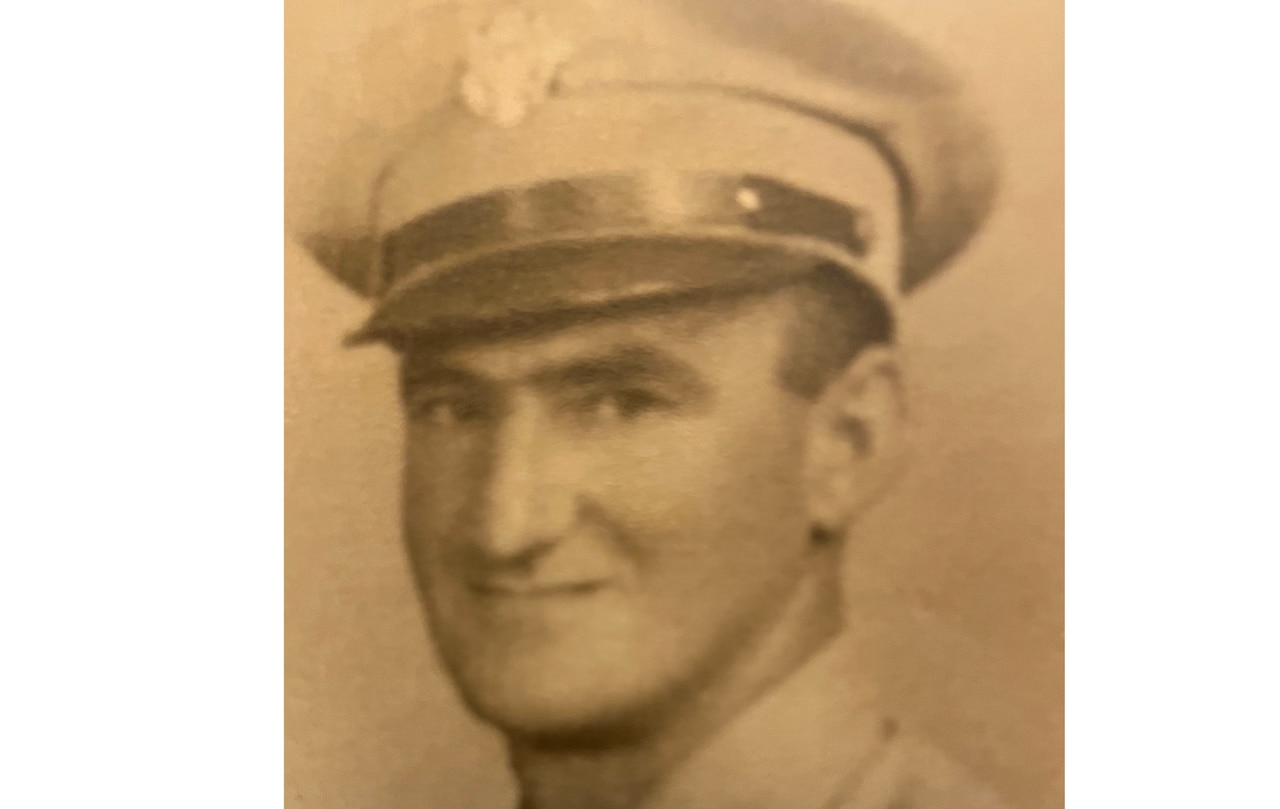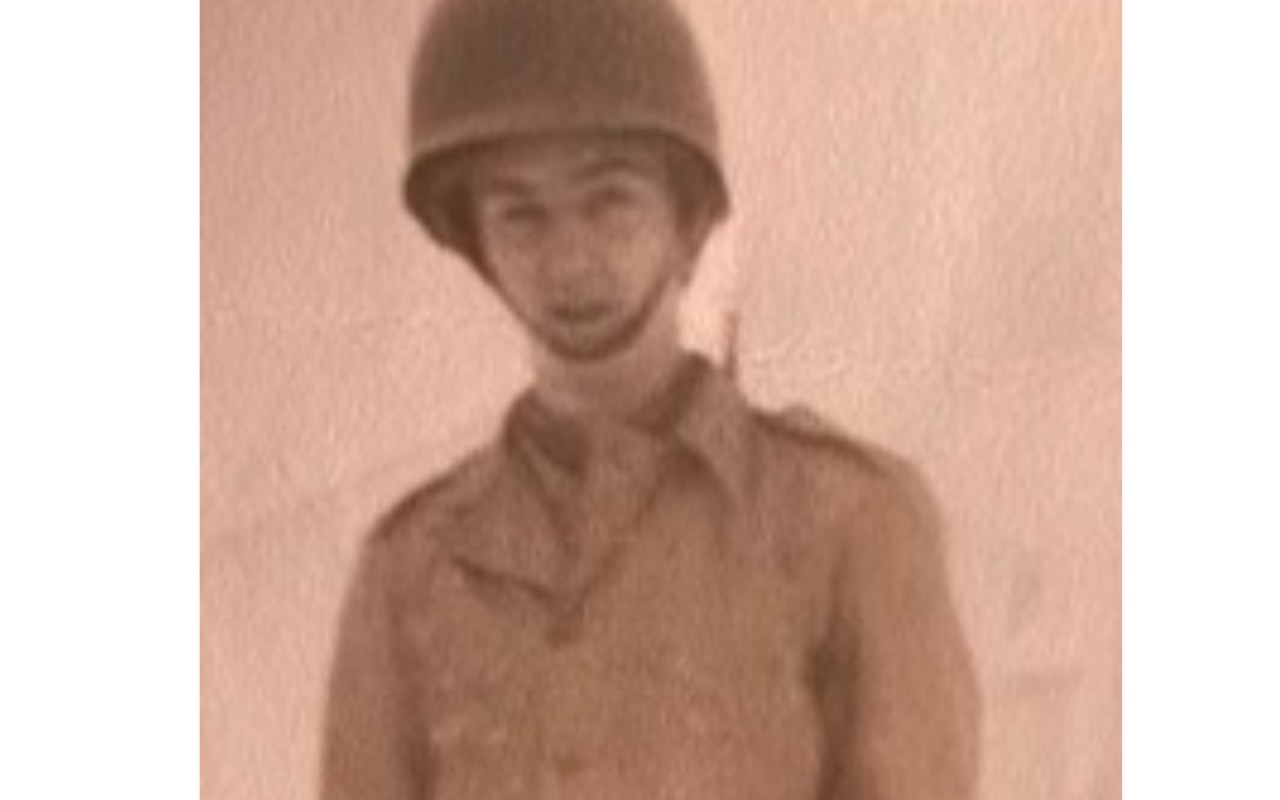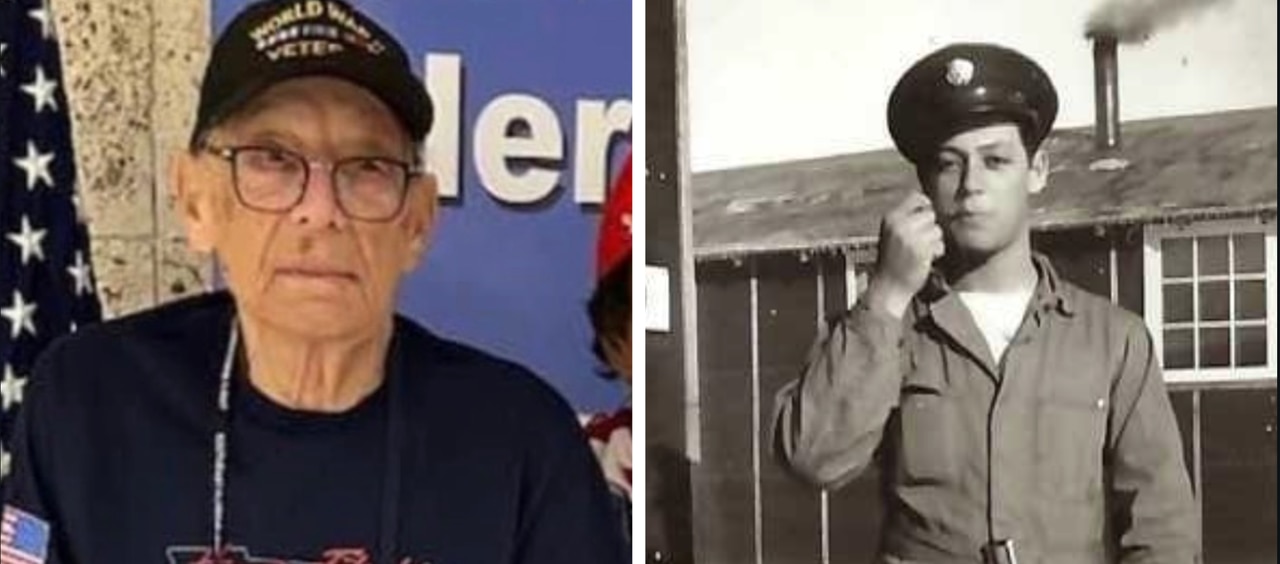Why so few have heard of this WWII tragedy that killed 1,000
The destruction of the HMT Rohna is described as one of the worst wartime tragedies in U.S. history — that virtually no one ever heard about.
The Rohna was attacked Nov. 26, 1943, killing 1,015 U.S. troops in the largest loss of life at sea during World War II. But the catastrophic events were virtually unknown to the public for decades.
After the attack, the War Department declared the assault classified indefinitely and ordered all survivors to remain silent. Families received nondescript letters that did not name the ship or the exact location of the disaster.
But, in recent years survivors and relatives of the deceased are putting spotlight on the secret tragedy.
“It’s time the stories of those on the HMT Rohna were heard,” said South River, N.J.-based filmmaker Jack Ballo, who is making a documentary about the attack.
It took decades for the story of the Rohna’s destruction to come out. The government did not declassify records of the tragedy until 1995.
Some said the delay was due to secrecy surrounding the use of a then-new technology — radio-guided missiles launched from German aircraft — used to destroy the ship. Others said the U.S. government did not want the enemy to know the attack had been successful, or give too many details about the questionable conditions on the ship that may have contributed to the high death total.
‘All hell broke loose’
Herman Vinnet recently turned 100 years old, but his memories of that day nearly 80 years ago on the HMT Rohna are still sharp.
Vinnet, originally from Union, N.J., and now living in Lake Worth, Florida, was one of around 2,000 U.S. servicemen crossing the Mediterranean near Algeria, headed to India, on the Rohna.
The HMT Rohna — the HMT stands for “hired military transport” — was originally a British cargo and passenger ship that was being used for Allied troops during the war.
It was the day after Thanksgiving and the sun was setting on another afternoon at sea around 4 p.m. when “quite frankly, all hell broke loose,” Vinnet said.
The ship was under attack by German bombers.
“We were mainly passengers and only in the way, so they told us to go below deck. The noise, the fighting, the shooting from the airplanes — it went on for roughly an hour when suddenly there was a tremendous bang. We knew we were hit,” Vinnet said.
The Germans had hit the ship using a new radio-controlled missile technology.
“The lights went out. The communications systems went out,” Vinnet said. He began making his way to the upper deck and saw fellow servicemen who were injured in the strike.
“They were battered, they were bloody, they were bleeding. And I knew we were really in trouble,” Vinnet said.
The ship was in chaos and sinking fast. Multiple reports from survivors and historians indicate the HMT Rohna was overloaded, outdated and unprepared. Safety measures, including lifeboats, life rafts and life vests, were severely inadequate, according to research published by Cornell Historical Society.
Herman Vinnet, 100, originally of Union, survived the attack on the HMT Rohna in November 1943. He was one of 966 survivors sworn to secrecy.
As the ship began to sink, Vinnet said he dove into the water.
“It was very frightening. The water was cold, it was rough. And there were fires all around,” Vinnet said, describing pools of burning oil that surrounded the sinking ship.
He clung to debris in the open ocean for eight hours before being rescued. There were 966 survivors of the Rohna. All of them were instructed not to say a word about what happened or they risked being court-martialed.
“People have commented how well I have handled the situation. It’s just a question of continuing life,” said Vinnet.
A story you won’t find in the history books
Cliff Miller spent 40 years as a history teacher, but it wasn’t until he retired in 2020 and began researching his ancestry that he learned about the HMT Rohna and his family’s connection to the ship.
Up until that point, Miller knew very little about the death of his uncle Frederick Comer, who was born and raised in Paterson, N.J.
Letters sent to the family by the War Department after the attack said only that Comer was killed in November 1943 when the ship he was traveling on was hit by a German submarine. Comer’s wife, Gertrude, had just welcomed the couple’s son, David, that year.
“They all passed away before this information came out. I would have loved to have had the opportunity to talk with them about it,” said Miller, who lives in Aberdeen, N.J.
“The family never really knew the true story,” he said.

Cliff Miller only recently learned his uncle Frederick Comer, pictured here, died aboard the HMT Rohna in November 1943.
There was similar mystery shrouding the death of Jeff Conroy’s great-uncle, Joseph Conroy.
“I didn’t really learn much about it until I got older,” said Conroy, who lives in South Plainfield, N.J. “When I was younger, all I knew was that I had an uncle and he was killed in the war.”
Conroy discovered a stack of old letters and newspaper clippings from shortly after the attack. Correspondence from December 1943 between two of Joseph’s brothers states the family “got a telegram from the War Department” that “Joe is missing in action.” The letter said Joseph had been missing since Nov. 26 — the day of the attack on the HMT Rohna.
After requesting additional information, the Conroy family received another letter from the War Department in March 1944. The letter stated while the military was “most sympathetic” with their desire for further information, however “for military security the name of the ship or other details may not be disclosed at this time nor may the exact location of the disaster be furnished.”
It was only after Conroy and his cousins discovered the letters and conducted additional research that they were able to connect his great-uncle’s death to the HMT Rohna.
“It’s a really sad situation. I’m glad that it’s now all coming to light,” said Conroy. “But everyone who actually knew Joseph personally is already gone.”

Jeff Conroy only recently learned his great-uncle Joseph Conroy, pictured here, was killed in the attack on the HMT Rohna in November 1943.
‘Rohna Classified’
The stories of Vinnet, Miller, Conroy and dozens of others connected to the HMT Rohna will be included in an upcoming documentary about the attack. “Rohna Classified,” directed by Ballo, the filmmaker from South River, highlights the stories of the next-of-kin of those who died on the Rohna and the survivors.
The film also explored the lack of safety equipment aboard the HMT Rohna and how it contributed to the death toll.
“This is the largest loss of life at sea by enemy action in the history of any U.S. war. How did this happen?” Ballo asked.
Ballo was motivated to share the full story of the HMT Rohna when he discovered his in-law’s connection to a casualty of the attack. While clearing out his wife’s childhood home in 2018, Ballo found more than two dozen yellowed letters tucked away in the attic.
The letters were written by his wife’s great-uncle Joseph Pisinski during his service in World War II. After wondering how Pisinski died in the war, Ballo’s research led him to the HMT Rohna.
“Rohna Classified” is tentatively scheduled to premiere this fall.
Jackie Roman may be reached at [email protected].
